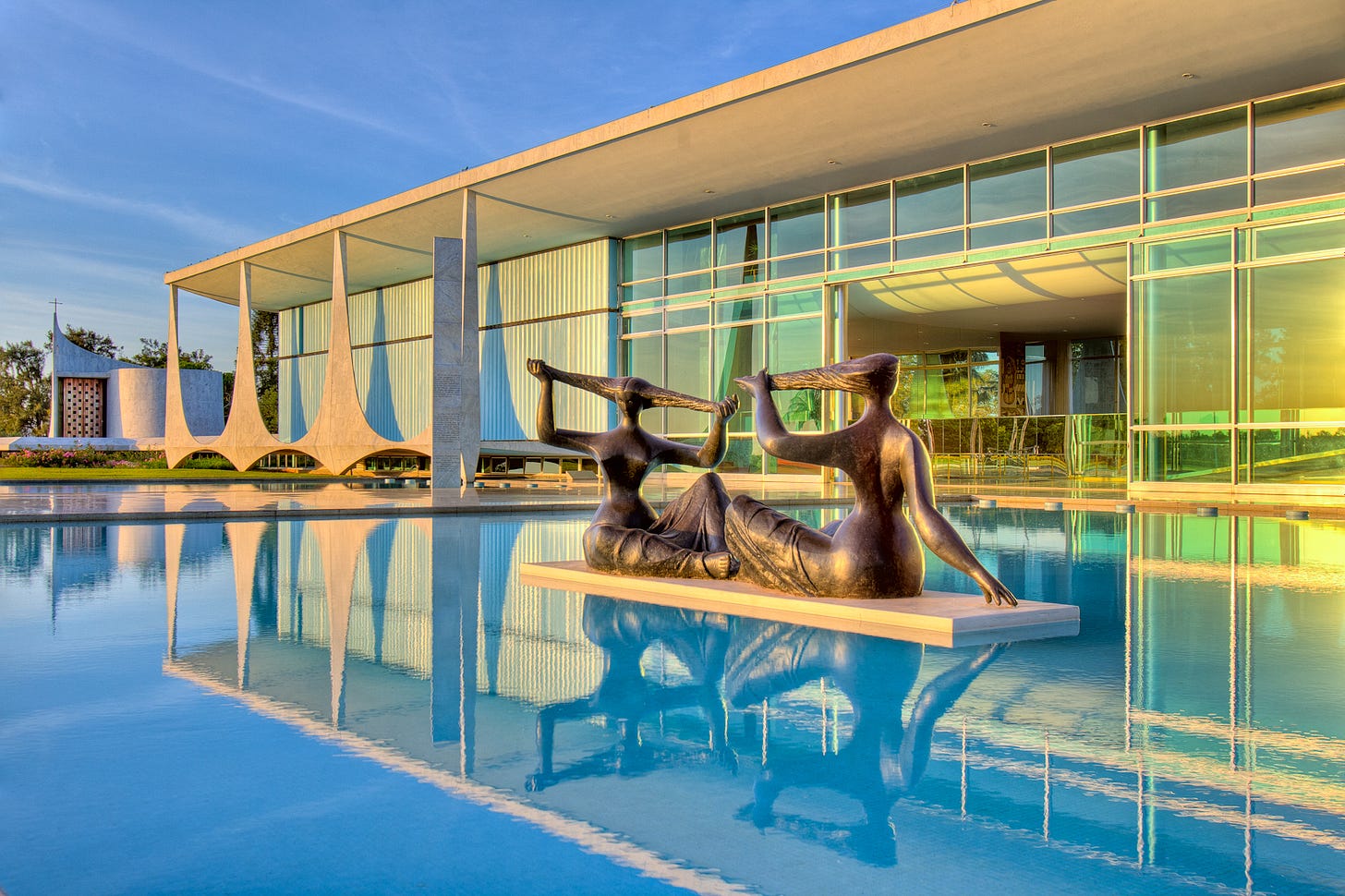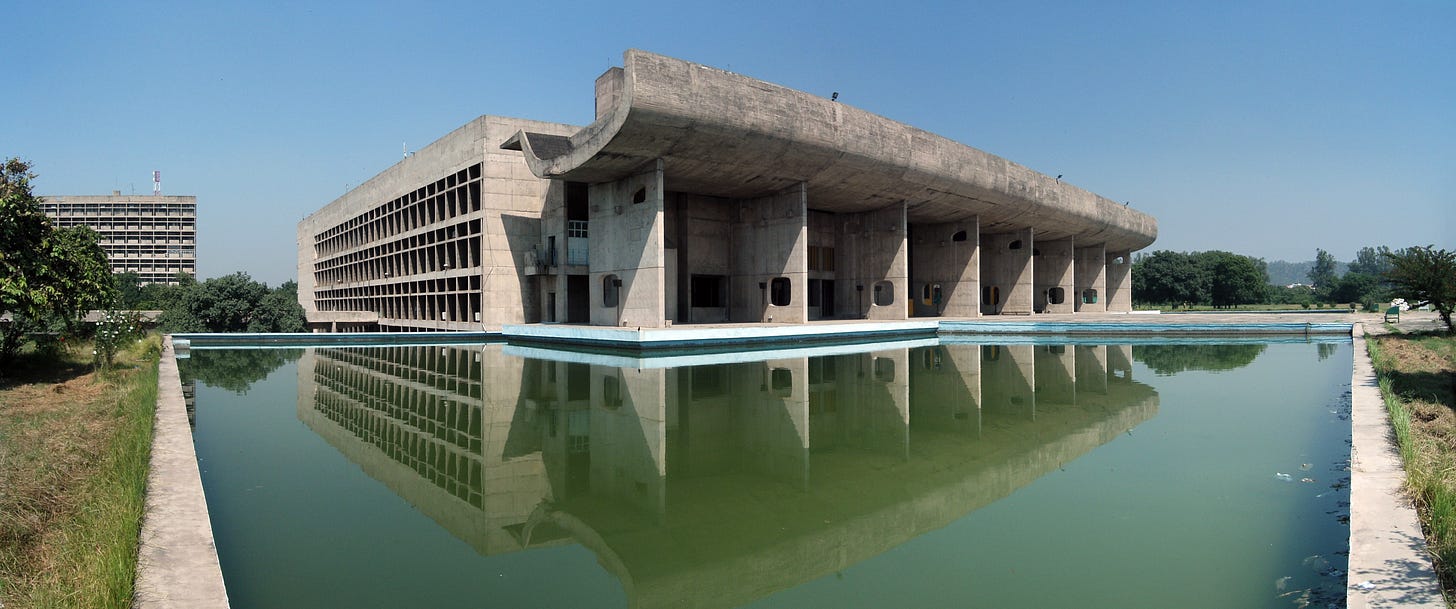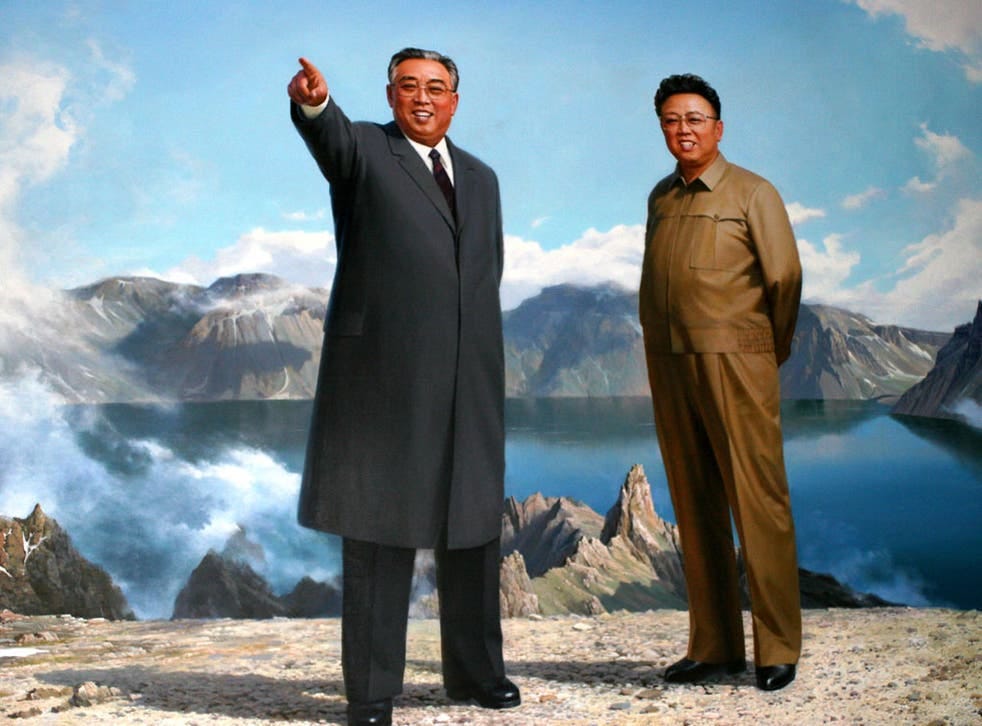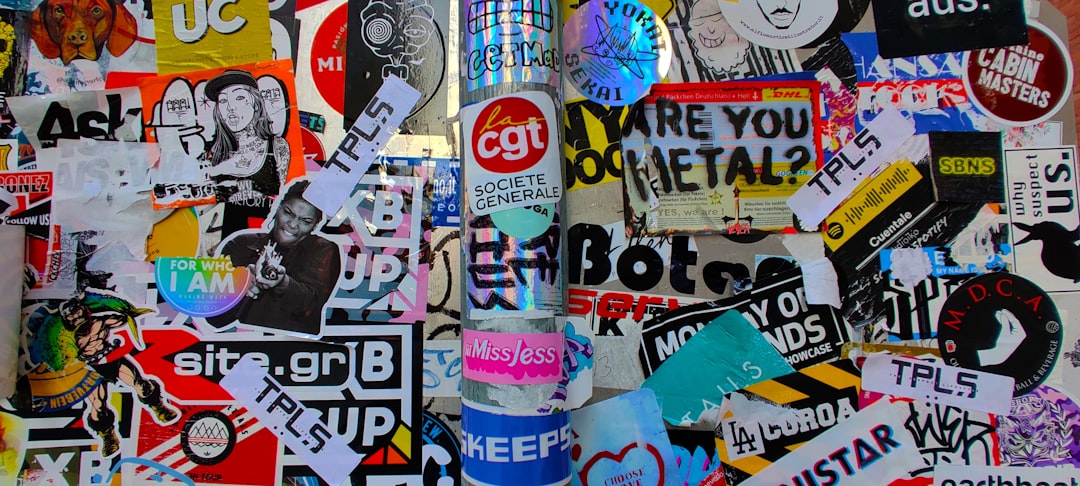What is a city?
Is it the buildings? The people? The roads and the streetlights? Is it still the same city when everything changes: when cars replace horses and steel replaces mud and brick?
Every era has rulers who want to leave their stamp on the city, or erect one where there was none. The latter is particularly attractive to those who want to impose modernity on what they consider to be a backward society. Chandigarh and Brazilia for example:


One building is in India and the other building in Brazil. Can you tell me which one is which?
In the city, the map is much more than a record of the place; it’s often a statement of ambition, imagination and power.
So where does the map end and the territory begin?
Map me if you can
Every serious debate veers into a discussion of ‘the map and the territory’ or one of its cognates - ‘appearance and reality.’ Like this thread:
Don’t have time to go through that thread and a hundred others like it? Get the TLDR from Borges. The librarian of the universe wrote in his ‘Del rigor en la ciencia’:

Or a pithier version from the Lankavatara Sutra, via Bruce Lee in ‘Enter the Dragon’:
It is like a finger pointing a way to the moon
Don’t concentrate on the finger,
Or you will miss all the heavenly glory.
Dictators are often portrayed with their fingers pointing at the heavens or at the people

and a great dictator might unironically demand the entire country be painted their favorite color. But buffoonery by a great man is useful technology in the hands of a company that can’t do evil. Google Earth is a supercharged version of Suarez Miranda’s map, even if it’s in the virtual world.
Like how AI has turned questions in the metaphysics of mind into technological challenges, the interverse turns questions in the metaphysics of representation into technological challenges. Instead of asking ‘can machines be conscious’ we ask: is this machine conscious; instead of asking ‘can a map be the same as the territory?’ we ask - is this map the territory?
When we say ‘the city is not a computer,’ we mean that a living breathing complex system (not just human-made ones like cities, but also natural ecosystems) can’t be mapped and controlled like they were factory built machines. But is that the right way to imagine ‘code in the wild’? Is there a better way to grasp city maps and their territories?
Hyperitos
Hyperobjects give us a clue. ‘Hyperobject’ is a term made popular by celebrity philosopher Timothy Morton (he’s Bjork’s favorite thinker). What’s a hyperobject?

Is a city a hyperobject?
Likely not in Morton’s reckoning: cities are ‘local’ in any reasonable understanding of local and involve temporalities at the human scale, i.e., cities change and transform during an individual person’s life. At the same time, cities have many of the properties that the Everglades have: Mumbai or New York are too complex to be known at a glance or even known after sustained investigation. Cities hide themselves from us by design: I don’t know my neighbor and don’t desire to know them. Isn’t that the foundation of urban living?
The city might not be a full-fledged hyperobject, but it’s a hyperito, a junior hyperobject. Or it was until now. One way to read ‘smart city’ rhetoric is the desire that big data combined with physical control can turn the city into a fully knowable regular object with its experiences commoditized to the point where there’s no difference between going out for a coffee or a drink with friends and buying soap at the supermarket.
Is that desirable?
I’m always surprised by the number of people who want a completely predictable, controllable life. The metaverse promises to make urban life even more predictable, especially if that urban living is conducted in a virtual world: virtual realities are fully specified in code somewhere. Even augmented reality will increase the market and the state’s hold on the city, with traces of interactions with everyday objects and entering the data record. But the world is ultimately open, not closed and as COVID tells us, even the most predictable and controlled spaces (like the grid-like American suburb marketed across the world) are susceptible to disruption.
We are much better off seeking order through ‘patterns’ (in the sense Christopher Alexander uses that term) than through panoptical control.
Objects can’t be tamed, even when they aren’t hyperobjects.
